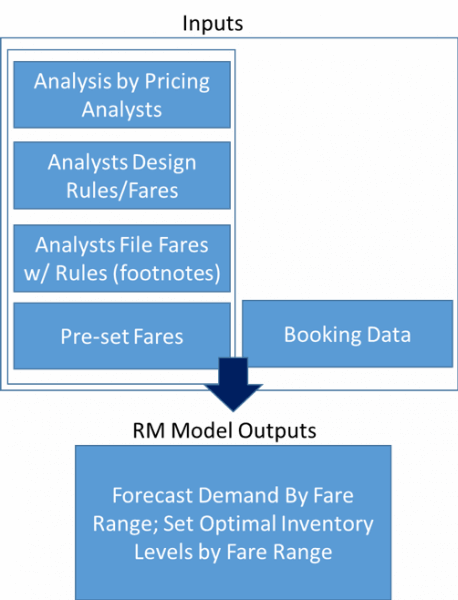
Could it be that pricing opportunities, despite sophisticated airline RM systems, are still not being exploited fully by most airlines?
That is the view of an airline revenue management specialist in the Middle East, who argues that many airlines have downplayed fare rules as a vehicle for price discrimination. Instead, they favour increased reliance on forecasting and inventory controls.
So, rather than using rules – Saturday night stays, for example – as price ‘fences’ to facilitate lower fares for more price sensitive leisure passengers, airlines have come to rely more heavily on inventory controls; airlines limit the number of seats they sell to lowest fare passengers based on forecasts of higher fare demand. To his point, with the growth of low cost carriers, most airlines no longer file low fares tied to Saturday night stays. In many markets, airline fares are said to be ‘fenceless’.
Besides Saturday night stays, other requirements for lower fares might be a round-trip versus one-way tickets, longer length of stays, certain points of origin, advanced purchase requirements, purchase during sale periods, purchase on the airline website, and so on. Another type of fare rule that used to be exploited more frequently is tied to customer profiles, for example, student fares.

The purpose of such rules, of course, is to ensure that only the most price sensitive travellers qualify. The objective is to drive less price sensitive business passengers to higher fares. Airlines still have pricing departments, which perform the associated segmentation analysis: the pricers perform extensive analysis of stimulation versus dilution. Questions that are asked include:
- How much of a price discount is warranted?
- How many more leisure passengers will be attracted?
- How many business passengers will buy-down?
- How will competitors respond?
Then, after the analysis is complete, the pricer manually files the fares, along with the rules, in specified formats (‘footnotes’) in the industry’s pricing database. What this means is that the fares will be available across travel industry search sites.



